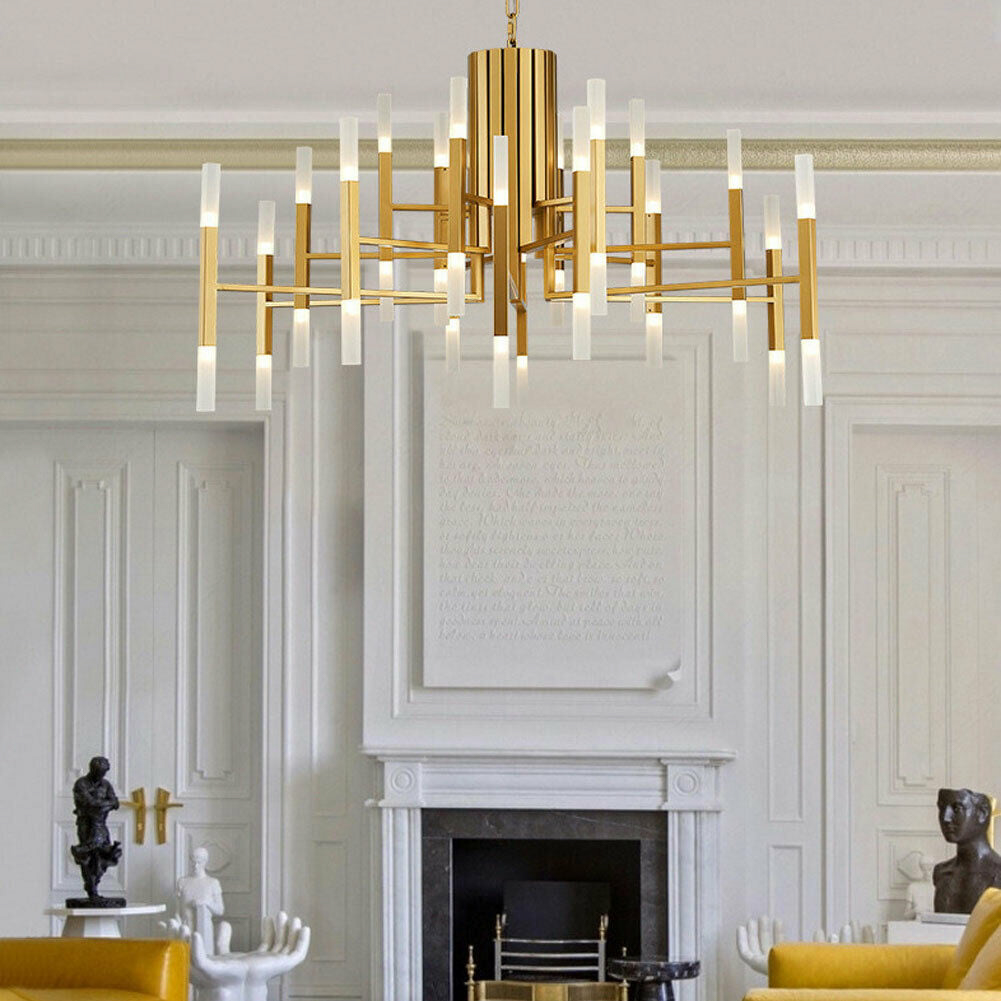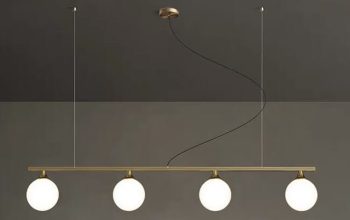Design is a discipline that has evolved over time, with different styles and approaches emerging to respond to changing needs and preferences. However, few designers have left a mark as lasting and influential as Achille Castiglioni, an Italian architect and industrial designer whose work continues to inspire and amaze designers and consumers alike. In this article, we will explore Castiglioni’s life, philosophy, and most iconic designs, analyzing how his approach to design embodied the principles of invention, simplicity, and humor.
Achille Castiglioni: Life and Legacy
Achille Castiglioni was born in Milan in 1918, the son of a sculptor and a painter. From an early age, he showed an interest in art and design, experimenting with materials, shapes, and colors. He studied architecture at the Politecnico di Milano, where he later became a professor of industrial design. During his career, he collaborated with several prominent Italian companies, such as Flos, Alessi, Zanotta, and Kartell, designing products that ranged from lamps and chairs to radios and kitchen tools.
Castiglioni’s approach to design was characterized by a deep understanding of the user’s needs, a playful spirit, and an innovative use of materials and techniques. His designs were often simple, functional, and aesthetically pleasing, yet they also had a witty and unexpected twist that caught people’s attention and made them smile. Castiglioni believed that design should improve people’s lives, but also be joyous and entertaining, turning everyday objects into works of art.
Castiglioni’s Iconic Designs
Castiglioni’s designs are far too many to list comprehensively, but some of his most famous creations deserve our attention. For example, his “Arco” lamp (1962) is a timeless masterpiece of functional sculpture, combining a long, curved stem and a circular shade to create a dramatic and flexible light source. The lamp’s heavy marble base provides stability and elegance, while the delicate stainless-steel arch allows the shade to be adjusted to various positions and heights.
Another iconic design by Castiglioni is the “Mezzadro” stool (1957), a daring and humorous reinterpretation of a traditional farm tool. The stool consists of a tractor seat attached to a chromed-steel frame, with a single leg and a small footrest that support the user’s weight. The stool’s asymmetrical design challenges our expectations of what a stool should be, creating a bold and functional object that celebrates the beauty of everyday materials.
Castiglioni’s “Snoopy” lamp (1967) is another playful and imaginative design that has become a classic of modern lighting. The lamp resembles a cartoon character, with a curved metal shade that suggests a dog’s nose and ears, and a round base that evokes a tail. The lamp’s shape and color add a sense of fun and warmth to any room, while its adjustable brightness and directionality make it a versatile and user-friendly lamp.
Castiglioni’s Philosophy of Design
Castiglioni’s approach to design was grounded in his belief that every object should serve a specific function, but also be beautiful and provocative. He saw design as a problem-solving activity that combined science, art, and intuition, requiring the designer to think creatively and experimentally. Castiglioni once said, “Design should be a source of joy and inspiration, not a burden or a necessity. It should surprise us, delight us, and make us feel alive.”
Castiglioni’s philosophy of design also emphasized the importance of context and history, as well as the value of collaboration and communication. He believed that designers should respect the cultural and social contexts in which their products would be used, responding to local tastes and needs. He also promoted an interdisciplinary approach to design, collaborating with engineers, physicists, and sociologists to create products that were both innovative and functional.


